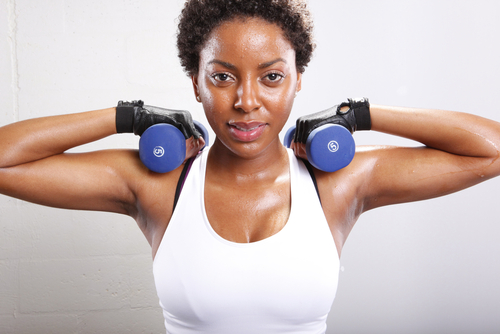Everybody knows this simple fact: Exercise is good for you. That knowledge keeps you going to the gym, briskly walking the neighbourhood or cycling in the park when you could be on the sofa with a bowl of popcorn and a favourite movie.
Physical activity has positive effects on good health throughout our lives. Yet, what we do to stay fit can hurt us. We exercise with the best intentions but can end up sidelined by muscle and bone pains, strains, tears or breaks. Although injuries to competitive athletes get the most public attention, those of us who are just trying to stay in shape (or get back into it!) also can damage ourselves through our fitness efforts.
Studies show that women who are the slowest runners, the least aerobically fit or the least active in general are significantly more likely to suffer stress fractures than are more active women. If you’re a regular exerciser, you can endure activity-related injuries as well. Jogging, walking and aerobics are among the activities that produce the greatest number of injuries among 25- to 44-year-olds. Having a greater number of exercise sessions each week improves your aerobic fitness but also increases your injury risk.
Whatever your skill level, the way to avoid harm isn’t to stop doing physical activity. Instead, correcting exercise mistakes and reducing your risks can help keep you safe, active and healthy.
Love your body
Any plan to injury-proof yourself during physical activity has to begin with understanding, and loving, your body. That means using exercise as a way to build and support your body—not punish it.
Consider your current physical condition and adjust your effort accordingly. “Older women and heavier women may have already developed some degenerative changes in their weight-bearing joints, making them more susceptible to injuries,” says Jane E. Corboy, MD, a family and community medicine specialist with expertise in women’s health and sports injuries at Baylor College of Medicine, Houston. Most people over 40 have some cartilage deterioration in their knees, Dr. Corboy notes. That can cause the cartilage—joint-covering tissue that provides shock absorption and helps bones move—to tear more easily.
Set realistic goals for your physical activities to achieve a balance between promoting good health and limiting injuries.




